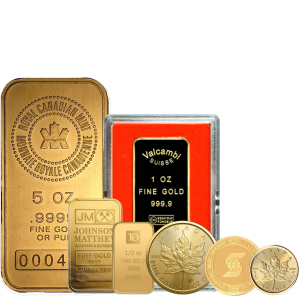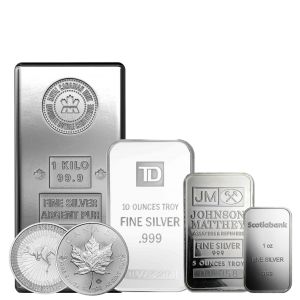

Back
Why Gold Prices Are Surging: Economic Uncertainty and Gold’s Safe-Haven Appeal
January 30, 2025
Why Gold Prices Are Surging: Economic Uncertainty and Gold’s Safe-Haven Appeal
In recent weeks, gold prices have been climbing, reaching significant highs. Spot gold last traded at $2,779.31 per ounce, marking a 0.70% gain on the day. This surge in gold prices is due to a confluence of economic factors, primarily stemming from the unexpected weakness in the U.S. economy at the close of 2024. Let’s break down the reasons behind this price movement and why gold is benefiting from the current economic landscape.
Slower-Than-Expected U.S. Economic Growth
The primary driver behind gold’s rise is the U.S. economy’s weaker-than-expected performance in the fourth quarter of 2024. The Bureau of Economic Analysis reported that the U.S. GDP grew at just 2.3% in the last three months of the year, a notable slowdown from 3.1% in the third quarter. Economists had anticipated a 2.8% growth rate, so this miss in expectations signaled a slowdown in economic activity.
When the economy shows signs of weakness, it prompts investors to look for assets that can protect their wealth from the potential risks of a slowing economy. Gold, being a traditional safe haven, tends to see an uptick in demand during times of economic uncertainty. As the economic growth forecast weakens, investors turn to gold as a way to hedge against potential market volatility.
Decline in Investment and Exports
The GDP report highlighted declines in both investment and exports, contributing to the slower growth rate in Q4. The reduction in business investment and exports signals lower confidence in future economic performance, which often leads to increased volatility in financial markets.
In uncertain times like these, investors flock to gold, which is perceived as a stable asset that retains its value when other investments, such as stocks or bonds, face downward pressure. This shift toward gold reflects concerns about the sustainability of economic growth, especially when exports and investment levels are decreasing.
Stronger Consumer Spending but Rising Inflation
Despite the overall weakness in the economy, consumer spending remained a bright spot, rising by 4.2% in Q4. This was better than the 2.9% economists had anticipated. While robust consumer spending may sound like a positive indicator, it can sometimes be a sign of inflationary pressures, which can erode purchasing power.
In fact, inflation ticked higher during the fourth quarter. The Core Personal Consumption Expenditures (PCE) Index, which is closely watched by the Federal Reserve, increased by 2.5%. While this is in line with expectations, it still suggests that inflation is not entirely under control, adding another layer of uncertainty to the economic outlook. Gold is often seen as a hedge against inflation, as its value tends to rise when the purchasing power of currency is eroded.
Gold as a Hedge Against Economic Instability
With economic growth slowing, inflation ticking up, and overall market uncertainty, gold is seeing increased demand. Investors typically seek the security of gold in times when they’re unsure about the future direction of the economy. As a tangible, non-yielding asset, gold has proven to hold value over the long term, particularly in times of financial instability.
These factors—slower growth, weak investment and exports, rising inflation, and general economic uncertainty—have created the perfect environment for gold prices to rise. As concerns about the health of the U.S. economy grow, gold is likely to remain a preferred investment for those seeking safety in uncertain times.
Conclusion
In conclusion, gold price is soaring due to a mix of unexpected economic weakness in the U.S., concerns over inflation, and a decline in key economic indicators like investment and exports. With spot gold trading near $2,779 per ounce, investors are flocking to gold to protect their wealth from the ongoing economic turbulence. As long as the economic outlook remains uncertain, gold’s safe-haven appeal is likely to keep pushing its prices higher.










